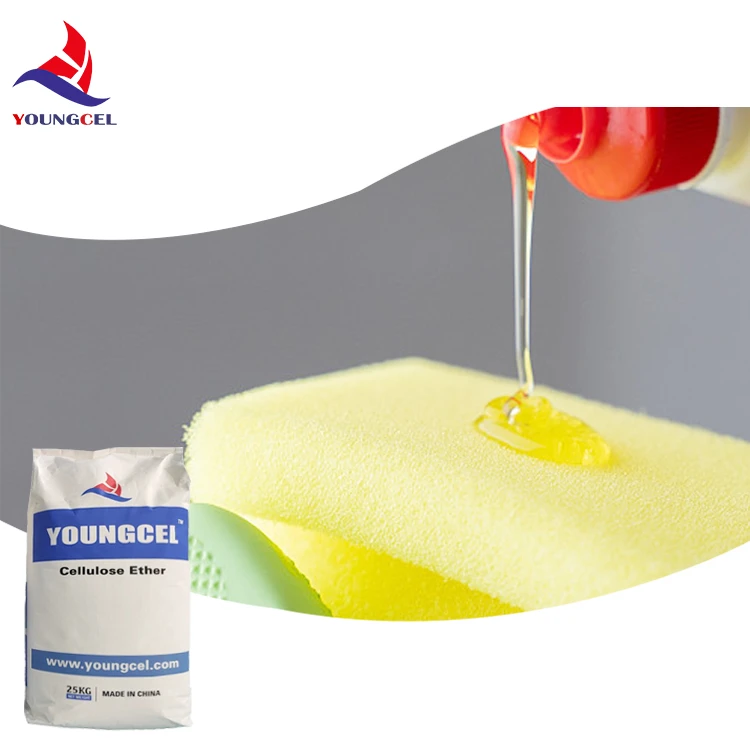The Role of Cement Additives in Modern Construction
Cement is a crucial component in the construction industry, serving as the primary binding agent in concrete and mortar. However, the performance of cement can be significantly enhanced through the use of additives. These additives, also known as admixtures, are substances added to cement or concrete to modify its properties, improve workability, strength, and durability, and promote better resistance to environmental conditions. This article explores the types of cement additives, their functions, and their benefits in modern construction.
Types of Cement Additives
Cement additives can be broadly categorized into two groups chemical admixtures and mineral admixtures
.1. Chemical Admixtures These are naturally occurring or synthetic chemicals that alter the physical and chemical properties of cement. They can be further classified into several categories - Water-reducing Agents These admixtures help reduce the amount of water required for a specific consistency of concrete, leading to improved strength and reduced permeability. - Retarders These additives delay the setting time of cement, allowing for longer workability, which is particularly useful in hotter climates or for large projects. - Accelerators Conversely, accelerators speed up the setting time, allowing for quicker project completion and early strength gain. - Air-Entraining Agents These agents introduce tiny air bubbles into the concrete mix, enhancing its resistance to freeze-thaw cycles and improving workability.
2. Mineral Admixtures These are materials added to cement or concrete to enhance its properties. Common mineral admixtures include - Fly Ash A byproduct of coal combustion that can replace a portion of Portland cement. It improves the durability and workability of concrete while reducing its environmental impact. - Slag Cement Derived from the cooling and grinding of iron slag, this additive enhances the strength and durability of concrete. - Silica Fume A byproduct of silicon metal production, silica fume can significantly improve the compressive strength and reduce the permeability of concrete.
Benefits of Using Cement Additives
The incorporation of cement additives into construction projects offers numerous benefits
cement additives

1. Enhanced Durability Additives like fly ash and silica fume improve the long-term durability of concrete, making it more resistant to cracking, shrinkage, and chemical attacks. This is particularly important for structures exposed to harsh environments, such as bridges, dams, and roads.
2. Reduced Environmental Impact The use of mineral additives, such as fly ash and slag, not only minimizes the reliance on Portland cement but also utilizes industrial byproducts. This reduces the overall carbon footprint of concrete production and promotes sustainability in the construction industry.
3. Improved Workability Chemical admixtures enhance the workability of concrete, allowing for easier placement and finishing. This not only speeds up construction times but also improves the overall quality of the finished product.
4. Cost Efficiency By reducing the quantity of cement needed and improving the properties of concrete, additives can lead to significant cost savings for construction projects. Additionally, improved durability means lower maintenance costs over the lifespan of a structure.
5. Versatility Cement additives allow for the customization of concrete properties to meet specific project requirements. This versatility ensures that engineers and architects can develop solutions tailored to the unique challenges of their projects.
Conclusion
Cement additives play a vital role in modern construction, enhancing the performance, durability, and sustainability of concrete. As the construction industry continues to evolve, the use of these additives will likely expand, promoting innovative practices and more environmentally friendly solutions. By understanding the benefits and functionalities of various cement additives, industry professionals can optimize their projects and contribute to a more sustainable built environment.




